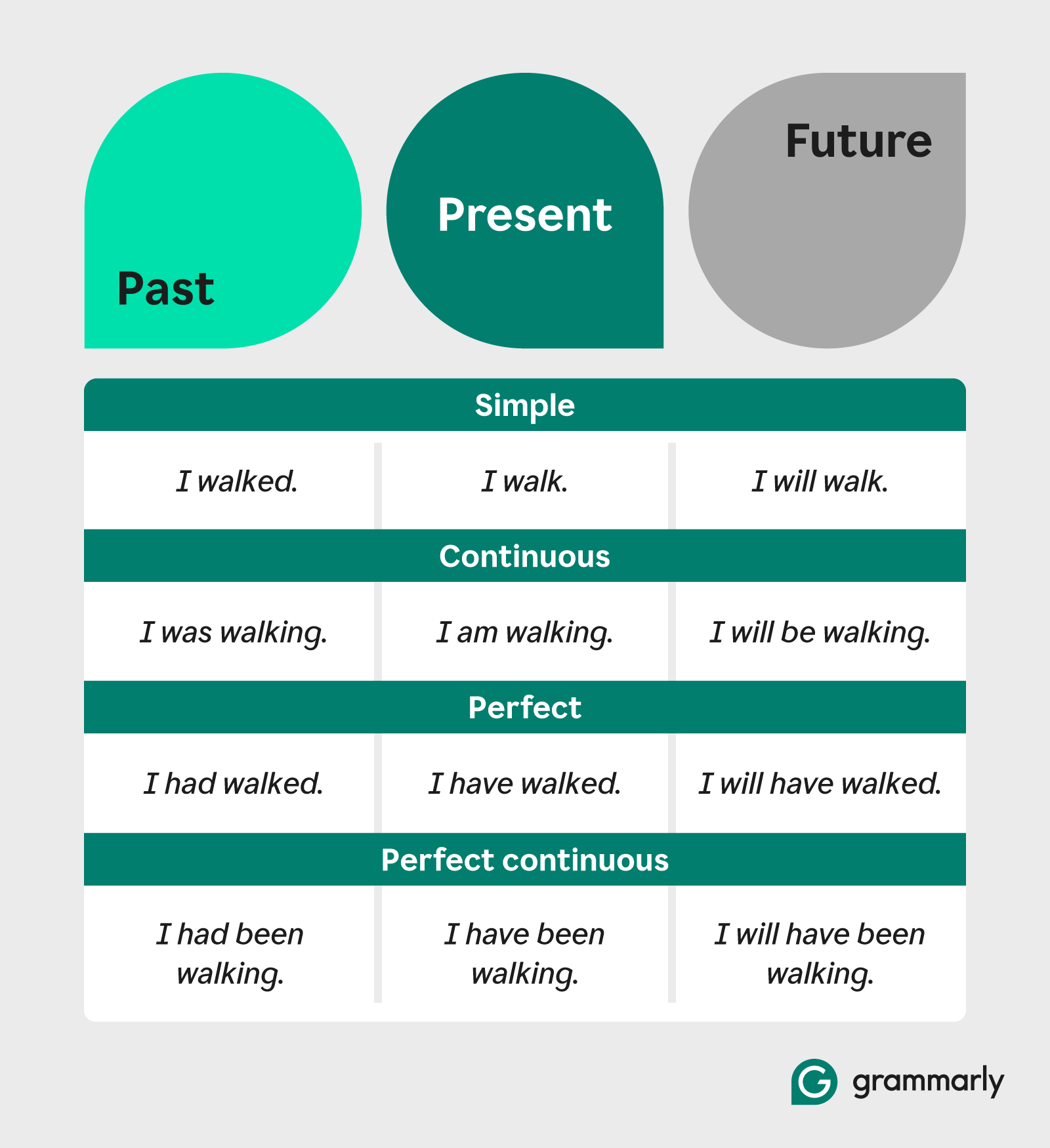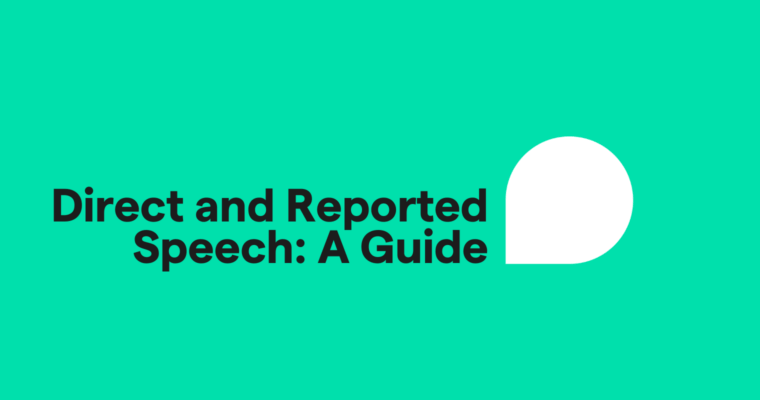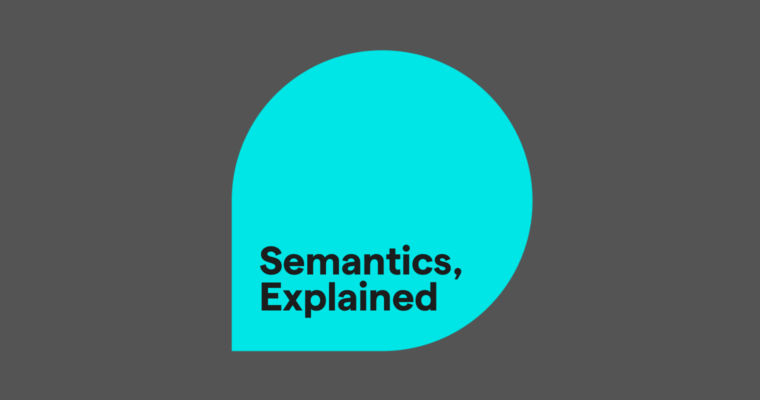
Key takeaways:
- Participles modify nouns as adjectives and help form verb tenses with auxiliary verbs.
- Present participles describe ongoing actions. Past participles describe completed actions or are used in the passive voice.
- Participles create participial phrases that describe nouns, and their placement is important for clarity.
- Examples of participles include the barking dog, the broken vase, and the running athlete, where each participle modifies a noun.
Participles are verb forms that act as adjectives or help form verb tenses, making them essential for clear, fluid writing.
A participle functions as an adjective (“the hidden treasure”) or as part of a verb tense (“we are hiding the treasure”). There are two types of participles:
- Present participles: These end in -ing (e.g., hiding).
- Past participles: These often end in -ed or take irregular forms (e.g., hidden, broken).
Participles can also form participial phrases (“Hidden in the bushes, the treasure was hard to see”).
Though common, participles can be tricky to use correctly. This guide covers their types, proper use, and how to avoid dangling participles, a frequent grammatical mistake.
Table of contents
What is a dangling participle?
What is a participle?
Participles are versatile verb forms that primarily serve two key functions: acting as adjectives and helping to form verb tenses.
- Modify nouns by acting as adjectives
- Help form verb tenses with auxiliary verbs
Participles as adjectives
One key role of participles is turning verbs into adjectives to modify nouns. Imagine you’re at a zoo looking at otters. One otter is eating, and another is swimming. You can distinguish them by saying:
- Look at the eating otter.
- Look at the swimming otter.
In these cases, eating and swimming are participles formed from the verbs eat and swim. Instead of showing an action, they describe the otter, making them adjectives.
Participles like this describe a state or condition related to the noun. It’s important to note the difference between participles and infinitives. While both can modify nouns, infinitives usually begin with to, while participles do not.
- Participle: A refreshing drink
- Infinitive: A drink to refresh
Participles in verb tenses
The second role of participles is to help form verb tenses. They combine with auxiliary verbs to create tenses such as the present perfect or continuous. For example, to describe an ongoing action, we use the present continuous tense, which is formed with the verb be and a present participle (the –ing form of the verb):
- I am eating lunch right now.
- She is reading a book.
- They are playing basketball.
Each of these examples uses the auxiliary verb be and a present participle to show ongoing actions happening in the present moment.
Every verb has participle forms. Moreover, there are two types of participles—the present participle and the past participle—so each verb has different participles you can choose from.
What is a present participle?
The present participle is used in the continuous tenses or as an adjective to describe an action that is currently taking place. Most verbs form the present participle by simply adding -ing, but there are some special rules for verbs ending in -c, -ie, and silent -e, and those with a vowel-plus-consonant pattern.
One key exception applies to verbs with two syllables where the second syllable is not stressed—these do not double the final consonant before adding -ing (e.g., visit to visiting).
Additionally, in UK English, verbs ending in a single vowel and -l (e.g., cancel) double the l before -ing (travelling). In contrast, American English does not (canceling).
The table below outlines these rules:
Special rules
| Rule | Example verb | Present participle |
| Regular verbs (add -ing) | go | going |
| Verbs ending in -c (add -k before -ing) | panic | panicking |
| Verbs ending in -ie (change -ie to -y before adding -ing) | tie | tying |
| Verbs ending in a silent -e (drop -e before adding -ing) | change | changing |
| Verbs ending in -ee (follow standard rules) | see | seeing |
| Verbs ending in one vowel + one consonant (double consonant before adding -ing) | run, admit | running, admitting |
| Two-syllable verbs with unstressed second syllable (do not double consonant) | visit | visiting |
| UK English variation (double -l in unstressed words) | cancel (UK), cancel (US) | cancelling (UK), canceling (US) |
How to use the present participle in the continuous tenses
The present participle and the conjugated form of the verb be are essential for forming continuous tenses. In continuous tenses, only the main verb is conjugated—the present participle always remains in the same –ing form, regardless of whether it’s in the present continuous, past continuous, or future continuous tense.
Present participle in the continuous tenses
| Tense | Structure | Example sentence |
| Present continuous | present form of be + present participle | She is going to the game tonight. |
| Past continuous | past form of be + present participle | I was sleeping when my cat jumped on my head. |
| Future continuous | will + be + present participle | She will be running for mayor in the next election. |
How to use the present participle in the perfect continuous tenses
Like the standard continuous tenses, the present participle is also used for the perfect continuous tenses: the present perfect continuous, past perfect continuous, and future perfect continuous. You will use the same form of the present participle in all three.
Present participle in the perfect continuous tenses
| Tense | Structure | Example sentence |
| Present perfect continuous | has/have + been + present participle | I couldn’t see the film because I have been working late all week. |
| Past perfect continuous | had + been + present participle | The plane had been flying normally before lightning struck the wing. |
| Future perfect continuous | will + have + been + present participle | In September, we will have been dating for two years. |
What is a past participle?
The past participle is a verb form used in perfect tenses or as an adjective to describe a completed action. It’s also a key component in forming the passive voice.
Past participle rules
| Rule | Past participle form | Example |
| Regular verbs | Add -ed | walk → walked |
| Ends in -c | Add -k before -ed | picnic → picnicked |
| Ends in -e | Add only -d | hope → hoped |
| Ends in consonant + y | Replace -y with -i before -ed | study → studied |
| Ends in vowel + consonant | Double the consonant before -ed | stop → stopped |
| Two-syllable word (vowel + consonant, unstressed second syllable) | Add -ed without changing the consonant | listen → listened |
| Irregular verbs | Unique forms, no standard rule | see → seen |
The most challenging part about past participles is irregular verbs, which don’t follow the normal rules. These verbs have unique past participles that must be memorized individually.
Review our complete list of irregular verbs, which includes their correct past participles.
How to use the past participle in the perfect tenses
The past participle is a necessary part of the perfect tenses: the present perfect, past perfect, and future perfect. Although the auxiliary verbs may change, the past participle remains the same in each perfect tense.
Past participle in the perfect tenses
| Tense | Structure | Example sentence |
| Present perfect | has/have + past participle | They have practiced for this moment their whole life. |
| Past perfect | had + past participle | By the time the cops arrived, the thief had left. |
| Future perfect | will + have + past participle | I will have gone home already when the pizza comes. |
How to use the past participle in the passive voice
In the debate of active vs. passive voice, we recommend using the active voice whenever possible. It provides clarity and makes the sentence more direct. However, there are certain circumstances where the passive voice is unavoidable or more appropriate:
- When the doer of the action is unknown or unimportant (e.g., “The door was left open.”)
- When the action or result is more important than who performed it (e.g., “The project was completed on time.”)
- In formal, scientific, or objective writing, where the focus is on the action rather than the person performing it (e.g., “The study was conducted using various methods.”)
- For stylistic purposes in creative writing to create mystery, emphasize certain elements, or slow down narrative pacing (e.g., “The letter was discovered in an old, dusty box, its edges yellowed and crumbling.”)
In these cases, use the conjugated form of the verb be together with the past participle. When using the passive voice, follow this structure:
[Conjugated form of be] + [past participle]
Examples:
- The letter was delivered yesterday morning.
- The gunslinger was followed through the desert.
What is a participial phrase?
Participial phrases are groups of words that start with a participle and describe a noun. When included in a sentence, the participial phrase functions as an adjective. Because a participle can act as an adjective, it can also create an adjective phrase, which, in this case, is known as a participial phrase.
- We tried to avoid the person wearing a clown costume.
The other words in a participial phrase clarify the action of the participle. In the example above, wearing is the participle, and a clown costume specifies what was worn, together describing the person.
Introductory participial phrases can involve prepositional phrases that indicate when or where the action occurs.
- Walking on the beach, we saw the clown again.
Use a comma after a participial phrase if it comes at the beginning of a sentence. However, no commas are needed if the participial phrase comes after the noun it modifies.
- The scary clown saw us walking on the beach.
Always place a participial phrase directly next to the noun it’s modifying. Otherwise, you risk creating a grammatical mistake known as the dangling participle, which we explain below.
What is a dangling participle?
A dangling participle, also known as a dangling modifier, occurs when a participial phrase modifies the wrong noun because of its placement in the sentence. Remember that participial phrases modify the noun directly next to them, so if they’re misplaced, their meaning changes.
In the following example of a dangling participle, the participial phrase “driving down the highway” appears to modify “my dog.” This suggests that the dog was driving, which is clearly incorrect!
When starting a sentence with a participial phrase, always be careful about what noun comes after it. You may need to reword your sentence to make it correct.
What are perfect participles?
Perfect participles are participial phrases that begin with having, indicating that one action was completed before another. This clarifies the sequence of events.
For example:
- Having visited Rome before, I became the unofficial tour guide.
Here, “having visited Rome before” establishes that the action of visiting Rome was completed first, and as a result, the speaker became the unofficial tour guide afterward. The perfect participle phrase links the two events in chronological order.
Technically, there are two participles in a perfect participle. The first is the adjective participle form of have (in this case, having), and the second is the past participle used in the present perfect tense (in this case, visited).
If this seems confusing, try breaking the sentence into two separate sentences to see the sequence more clearly:
- I have visited Rome before. I became the unofficial tour guide.
Combining these sentences using the perfect participle makes the actions’ relationship more fluid and concise.
Nail your participles for stronger writing
Understanding participles can improve your writing, making your sentences clearer and more precise. By identifying how these verb forms function, you’ll be able to communicate more clearly, and your writing will be more fluid and impactful, helping you connect with your readers.
Improve your writing with Grammarly
Grammarly helps you spot and correct participle errors, keeping your writing clear and professional. Whether you’re writing an email, report, or creative piece, Grammarly’s real-time suggestions can help you catch incorrect participle use. Try Grammarly today to elevate your writing.
Participle FAQs
Still feeling a bit fuzzy on how participles work? Here are some frequently asked questions to help you understand them:
What are the different kinds of participles?
There are two types of participles: present participles and past participles. You will use the present participle for continuous tenses and the past participle for perfect tenses. You can use both as adjectives.
What are the 4 participles?
The four types of participles are:
- Present participle (e.g., running, walking)
- Past participle (e.g., broken, finished)
- Perfect participle (e.g., having finished)
- Passive perfect participle (e.g., having been informed)
These forms convey different nuances of tense and voice within a sentence.
What is a participle vs. a gerund?
Understanding the distinction between participles and gerunds is important: Both are verb forms ending in -ing but serve different roles. Participles act as adjectives or help form verb tenses. On the other hand, gerunds function as nouns and often serve as the subject of a sentence.
What is the easiest way to identify a participle?
To identify a participle in a sentence, look for a verb form acting as an adjective. Present participles usually end in –ing, as in “the jumping frog.” Meanwhile, past participles often end in -ed or take irregular forms, as in “a forgotten password.”






